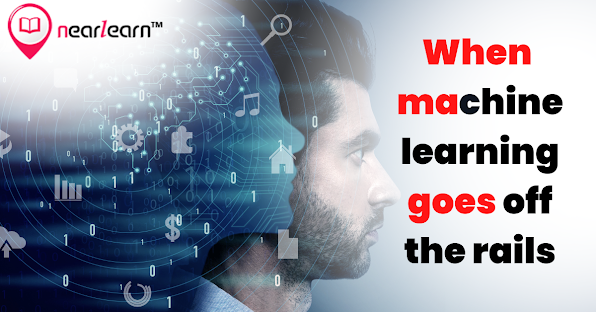When machine learning goes off the rails
What takes place when Machine learning—computer applications that soak up new facts and then trade how they make decisions—leads to funding losses, biased hiring or lending, or auto accidents? Should companies permit their clever merchandise and offerings to autonomously evolve, or do they need to “lock” their algorithms and periodically replace them? If corporations pick out to do the latter, when and how frequently must these updates happen? And how do agencies need to consider and mitigate the dangers posed by these and different choices?
Across the enterprise world, as machine-learning-based synthetic Genius permeates greater and greater choices and processes, executives and boards ought to be organized to reply to such questions. In this article, which attracts on our work in fitness care law, ethics, regulation, and computing device learning, we introduce key ideas for perception and managing the practicable drawback of this superior technology.
Read More: Want to Join the best machine Learning Classroom Training In Banglore.
What Makes Machine Learning Risky
The large distinction between computer getting to know and the digital applied sciences that preceded it is the potential to independently make more and more complicated decisions—such as which economic merchandise to trade, how cars react to obstacles, and whether or not an affected person has a disease—and continually adapt in response to new data. But these algorithms don’t continually work smoothly. They don’t constantly make moral or correct choices. There are three integral motives for this.
One is definitely that the algorithms normally depend on the probability that anybody will, say, default on a mortgage or have a disease. Because they make so many predictions, it’s possible that some will be wrong, simply due to the fact, there’s constantly a risk that they’ll be off. The probability of blunders relies upon a lot of factors, inclusive of the quantity and fine of the facts used to instruct the algorithms, the precise kind of machine-learning technique chosen (for example, deep learning, which makes use of complicated mathematical models, versus classification bushes that count number on selection rules), and whether or not the machine makes use of only explainable algorithms (meaning human beings can describe how they arrived at their decisions), which can also now not enable it to maximize accuracy.
Second, the surroundings in which the computing device getting to know operates might also evolve or fluctuate from what the algorithms have been developed to face. While this can appear in many ways, two of the most popular are thought glide and covariate shift.
Read More: Get an Internship in Machine Learning
With the former, the relationship between the inputs the gadget makes use of and its outputs isn’t steady over time or may additionally be misspecified. Consider a machine-learning algorithm for inventory trading. If it has been skilled in the use of records solely from a length of low market volatility and excessive monetary growth, it may additionally no longer operate properly when the economic system enters a recession or experiences turmoil—say, at some stage in a disaster like the Covid-19 pandemic. As the market changes, the relationship between the inputs and outputs—for example, between how leveraged an agency is and its inventory returns—also may also change. Similar misalignment may additionally appear with credit-scoring fashions at exceptional factors in the enterprise cycle.



Comments
Post a Comment